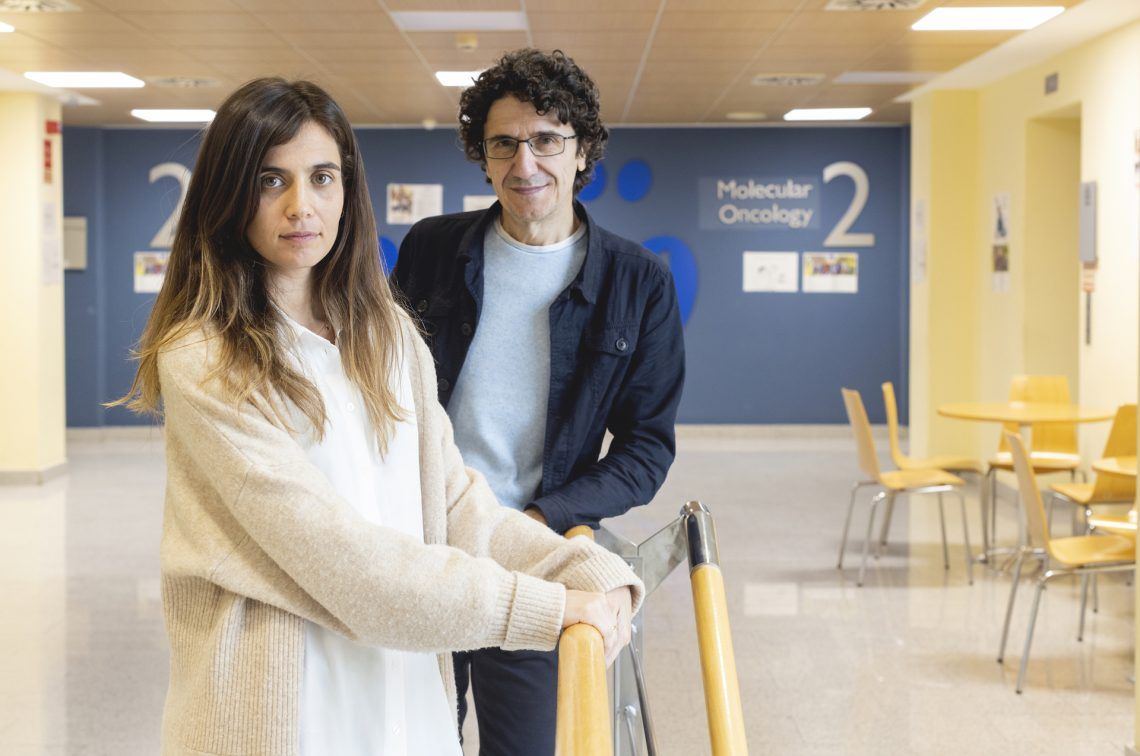The «exceptional» case of a woman who, with less than forty years of life, has come to develop twelve tumors, at least five of them malignant, opens «a way to detect cells with tumor potential well in advance of clinical tests and the diagnostic imaging» and also «a novel way to stimulate the immune response against a carcinogenic process», according to the head of the Cell Division and Cancer group at the National Cancer Research Center (CNIO), Marcos Malumbres.
The study, published this Wednesday in the journal ‘Science Advances’, explains how women He had his first tumor process when he was almost a baby, and then others after a few years. In the less than forty years of his life he has come to develop twelve tumors, at least five of them malignant; Y each of a different type in different parts of the organism. «We still do not understand how it was able to develop during its embryonic stage, nor how it has been able to overcome all these pathologies”, says Malumbres.
In a statement, the CNIO explained that when the patient attended the CNIO Family Cancer Clinical Unit for the first time «a blood sample was taken to sequence the genes most frequently involved in hereditary, but no cancer was detected in any of them «. The researchers then looked at its entire genome, and found one gene, called MAD1L1.
This gene is «essential in the process of cell division and replacement», according to CNIO. The researchers analyze the effect of the detected mutations and conclude that they cause alterations in the number of chromosomes in the cells -all cells in the human body have 23 pairs of chromosomes-.
In animals, it has been observed that when there are two copies of this gene –each one from a parent–, the embryo dies. PTo the astonishment of scientists, the main character in this case has both mutated copies and has survived, leading as normal a life as his delicate health allows. CNIO has pointed out that there are no precedents for such a case. According to the co-author of the study, Miguel Urioste, who led the CNIO Family Cancer Clinical Unit until his retirement in January of this year, «academicly one cannot speak of a new syndrome because it is the description of a single case, but biologically it is».
Other genes whose mutations alter the number of chromosomes in cells are known, but «this case is different due to its aggressiveness, the percentage of aberrations it produces and its extreme susceptibility to suffering a high number of different tumors», he clarified.
Disappearance of tumors
One of the facts that most intrigued the research team was that the five aggressive cancers developed disappeared relatively easily. His hypothesis is that «the constant production of cells with alterations has generated a chronic defensive response against these cells in the patient, and this helps the tumors to disappear. We think that this may be useful for other patients: boosting their immune response would help them slow down tumor development», explains Malumbres.
The discovery that the immune system is capable of unleashing a defensive response against cells with the wrong number of chromosomes It is, according to this CNIO researcher, «one of the most important aspects of this study, which may open up new therapeutic options in the future.» 70 percent of human tumors have cells with an abnormal number of chromosomes.
Family analysis
To thoroughly study the patient and his relatives -several of them affected by the MAD1L1 gene, but only in one of the copies-, the scientists used single cell analysis technology, which provides a quantity of information that was essential only a few years ago. years.
It is about analyzing the genes «of each of the blood cells separately», explains Carolina Villarroya-Beltri, CNIO researcher and first signatory of the study. There are many different types of cells in the sample and generally all of them are sequenced, «but by analyzing thousands of these cells separately, one by one, you can study what is happening to each specific cell, and qualities are the consequences of these changes in the patient».
Single cell analysis revealed – among other anomalies – that there were several hundred identical chromosomal lymphocytes in the blood sample, thus coming from a rapidly emerging single cell.» Lymphocytes are defensive cells that attack specific invaders; sometimes , however, a lymphocyte proliferates too much and spreads to form a tumor.
Related news
As a result of this finding, the researchers propose in their article thate single cell analysis can be used to identify cells with tumor potential long before clinical symptoms appear, or observable markers in analytical tests.
The study has been coordinated by the researchers Sandra Rodríguez-Perales, head of the CNIO Cytogenetics Unit; Marcos Malumbres, head of the Cell Division and Cancer group at the CNIO; and Miguel Urioste, head of the CNIO Familial Cancer Clinical Unit until January of this year.

